Spanish Food for Kids
- Homeschool Languages

- Sep 22
- 12 min read
Looking for kid-friendly Spanish food? From tortilla to churros, discover real dishes Spanish kids love and how to use them as a gateway to bilingual living. Perfect for picky eaters, busy parents, and families who want Spanish to feel natural at the dinner table.
Spanish meals are tasty teaching tools. You'll learn how to use everyday foods to build vocabulary, spark real conversations, and make Spanish feel like a living part of your home.
Whether you're dealing with picky eaters, toddlers, allergies, or don't know where to start, you're in the right place.
We help you bring Spanish into your home without needing fluency or a fancy curriculum. Our food-based phrases, routines, and printables were designed for real parents (like me!) who want to make language learning doable, fun, and actually stick.
Want to see how Spanish food can unlock real language use without forcing flashcards or adding screen time? Keep reading.
We'll break it down step-by-step, starting with why your reason for serving Spanish meals changes what works best.
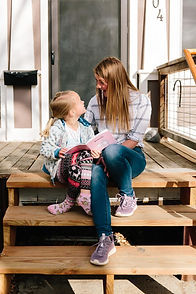
How Spanish Food for Kids Looks Different Depending on Your "Why"
Spanish food for kids goes beyond what you serve. It's about why you're serving it.
Are you hoping to pass down family traditions? Build confidence through early language exposure? Sneak in a little Spanish without anyone noticing?
Your goal shapes your menu.
Let's walk through how your "why" changes the kind of meals and language routines that actually work:
Cultural Connection & Identity
If your heart's tugging you back to family roots or forward to raising a bilingual child who knows where they came from, start with dishes that mean something.
Try making paella together and say, "esto es de tu abuela" (this is from your grandma). Serve arroz con leche while talking about your family's favorite holiday traditions.
These meals become little memory keepers.
Use recipes handed down from relatives or explore regional dishes from your heritage: Catalan, Andalusian, Mexican. It turns dinner into a story.
Educational Confidence & Early Exposure
Maybe you've read the research. (So have I!) Early language exposure builds stronger brains, better problem-solvers, and more confident communicators.
But how do you use that at dinner?
Try this: make croquetas together. While your child helps shape the filling, say "mezcla el queso" (mix the cheese).
Then during the meal, ask "¿Quieres más?" (Do you want more?) or "¿Qué es esto?" (What is this?)
Mini Wins Matter: Even if they only answer in English, you've created a bilingual moment they'll remember.
Everyday Practical Use
If you're like me, you want Spanish to feel like brushing teeth or putting on socks. Part of the routine.
That's where food truly shines.
During breakfast, serve tostadas and say "¿Tienes hambre?" (Are you hungry?). Lunchtime? Try bocadillos with "pásame el pan" (pass me the bread).
Dinner? A bowl of sopa de picadillo and a chat about "¿Qué te gusta comer?" (What do you like to eat?)
Language sticks when it's useful, not academic. And there's nothing more useful than asking for another bite.
Parental Growth & Learning Together
Whew. This one hits home. You wanted to raise bilingual kids, but life happened.
Maybe you're not fluent. Maybe you didn't start early. I've been there, and I want you to know: it's not too late.
Start with joy. Make churros con chocolate and say "¡Vamos a comer!" (Let's eat!).
Play a game during snack time where you only speak Spanish words for the food in front of you. No pressure, no regret. Progress.
You don't need fluency to model curiosity, effort, and joy. That's what sticks with kids.
Travel Prep & Future Dreams
Planning a trip to Spain, Mexico, or even Disney's Epcot? Turn your kitchen into a preview party.
Make empanadas, practice ordering with "Quisiera uno, por favor" (I'd like one, please). Serve patatas bravas and talk about tapas culture.
Grill some calamari and teach "me gusta" (I like it).
Real food makes imaginary travel feel real. And when you get there? Your kids will beam with pride when they recognize a dish or say a word out loud.
Spanish food provides nourishment and language in action. And when you know your "why," it becomes easier to decide what dishes to make, what phrases to practice, and how to make language feel alive in your home.
What Do Spanish Kids Actually Eat?
If you're trying to bring Spanish food into your home, it helps to know what real Spanish kids actually eat. Spoiler alert: It's not all tapas and churros.
In Spain (and many Latin American countries), children eat a wide variety of fresh, flavorful meals that reflect the local culture. Not watered-down "kid food" versions.
That might feel intimidating at first, especially if you have picky eaters. But take heart. Spanish food is surprisingly family-friendly once you know where to start.
Let's break it down.
What Do Spanish Kids Eat at School?
Imagine a school lunch that includes a steaming bowl of cocido (a slow-simmered stew with chickpeas, vegetables, and meat), a slice of freshly baked bread, maybe some grilled fish, and a piece of seasonal fruit.
Now imagine your kid eating it. Sounds dreamy, right?
In Spain, that's normal. School cafeterias don't have a separate "kid-friendly" menu. They serve the same real food to everyone.
No trays, no milk cartons. Ceramic dishes, real silverware, and balanced meals that look more like home-cooked dinners than fast food.
Why this matters for you: If you're trying to teach your kids Spanish or expose them to the culture, knowing what real Spanish kids eat gives you an authentic starting point.
Start small. Even serving fresh bread with olive oil at lunch can be a cultural (and linguistic) win.
What Are Small Spanish Meals?
Spanish kids (and adults) eat multiple times a day, and not all meals are big. Here's how their daily food routine flows:
Desayuno (Breakfast): Usually light, toast with jam or tomato, and milk or juice.
Merienda (Afternoon Snack): This mid-afternoon meal is a big deal. Kids often eat a small sandwich, pastry, yogurt, or fruit around 5pm.
Dinner: Typically late (after 8pm) and on the lighter side, think soup, ensalada mixta (mixed salad), or tostadas with olive oil and ham.
And then there's tapas. Small shareable plates like tortilla de patatas, albondigas (meatballs), or cheese with bread.
While not a formal meal for kids, tapas are perfect for introducing your children to new foods in bite-sized amounts.
Real-life win: If your child's nervous about trying something new, tapas-style dining gives them control. Let them choose a few small bites and try them on their own terms.
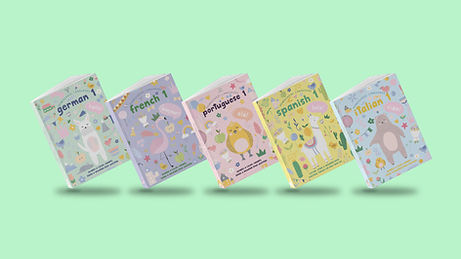
What's a Common Spanish Lunch?
Lunch is the main meal of the day, and it's usually made up of three parts:
First Course: A light starter like soup, salad, or a small pasta dish.
Second Course: Something heartier, maybe grilled chicken, pork, or fish served with vegetables or rice.
Dessert: Usually something simple, fruit, yogurt, or a small piece of cheese.
Kids are expected to eat this full meal right alongside adults. No chicken nuggets in sight.
Popular lunch staples for children include:
Albondigas in tomato sauce
Arroz con verduras (rice with vegetables)
Roast chicken with potatoes
Tuna pasta with tomato sauce
Parent insight: Don't feel pressure to recreate all three courses. Even replicating one part, a bowl of sopa de picadillo or a plate of grilled chicken with veggies, can be a great way to build food confidence and sneak in Spanish language exposure.
Food is a window into culture, and it's also a brilliant way to help kids feel at home in a new language. In the next section, we'll dive into 10 Spanish meals that even the pickiest eaters tend to love (and yes, we've tested them in real homeschool kitchens!).
10 Spanish Foods Even Picky Kids Will Love
If your child's default reaction to new food is "What's that?", you're in good company. The key is to offer familiar textures and flavors with a little twist.
These Spanish foods are beloved by real kids across Spain, and they're easy to replicate at home with a few pantry staples.
Even better? You can pair each one with natural, repeatable Spanish phrases that turn dinner into a language moment. (No flashcards required!)
Let's dig in.
🥔 1. Tortilla de Patatas
Potato + egg = safe, soft, and familiar
It's like a frittata or crustless quiche. Sliced potatoes, eggs, and onion (optional). Serve it warm or chilled.
Pair with: 🗣️ "¿Quieres más?" (Do you want more?)
🧀 2. Croquetas
Creamy inside, crispy outside, fun to dip
Spanish croquettes are little fried bites filled with béchamel and ham or cheese. You can bake them for a toddler-friendly version.
🗣️ "¿Qué hay dentro?" (What's inside?)
🥪 3. Bocadillos
Sandwiches with cheese, ham, or even paté
These Spanish sandwiches are simple, crusty bread with classic fillings. No mayo, no extras. Good ingredients.
🗣️ "Pásame el bocadillo." (Pass me the sandwich.)
🥟 4. Empanadas
Hand-held, cheesy, and customizable
Perfect for lunchboxes or freezer prep. Fill with chicken, veggies, tuna, whatever your kids love. Great for picky eaters because you control the filling.
🗣️ "Vamos a hacer empanadas." (Let's make empanadas.)
🍚 5. Arroz con Leche
Creamy rice pudding with cinnamon
This is grandma-level comfort food. Soft, mildly sweet, and easy to make dairy-free if needed.
🗣️ "Está dulce." (It's sweet.)
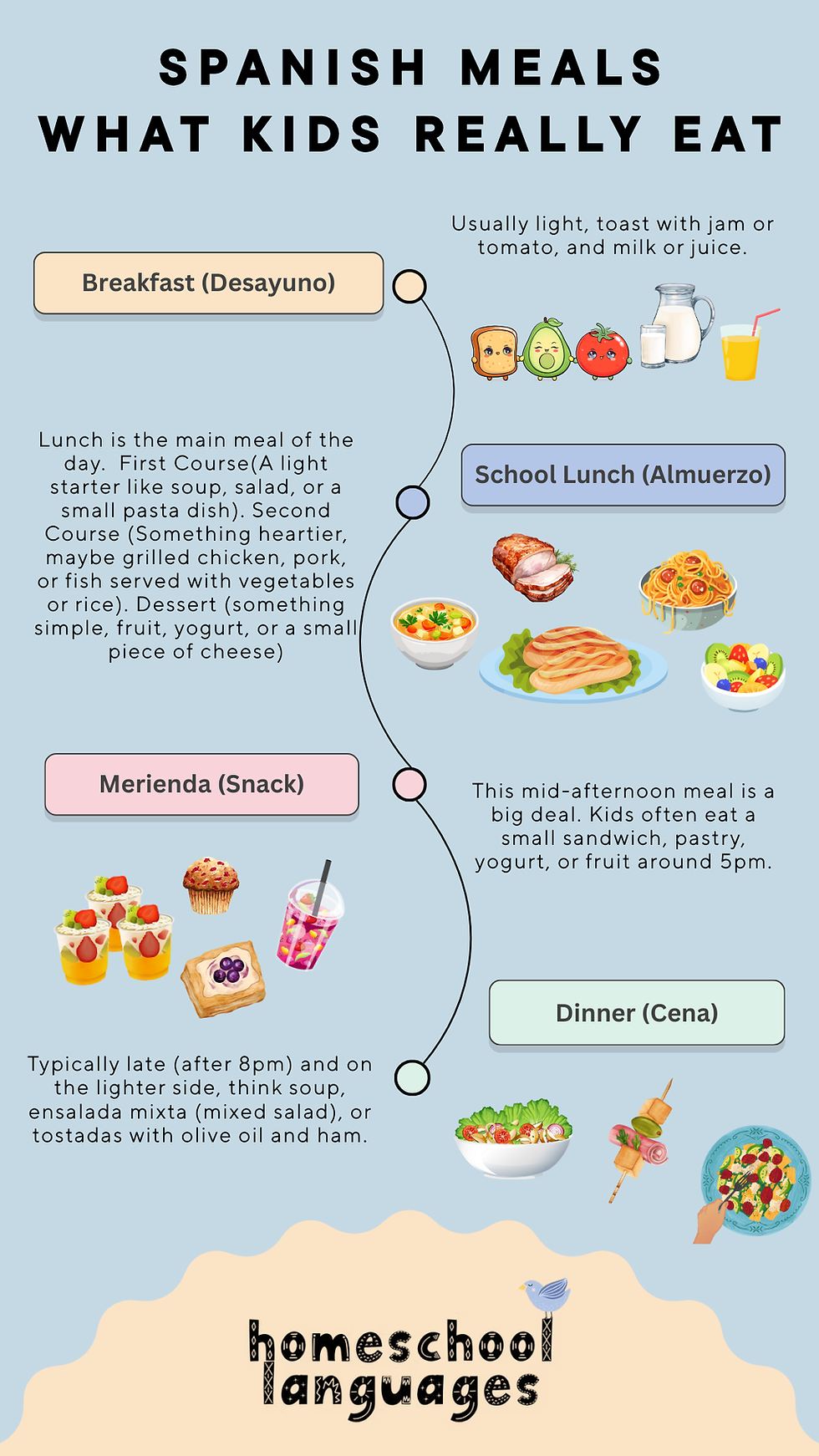
🍲 6. Sopa de Picadillo
Broth, noodles, chicken, gentle and filling
This Andalusian soup is perfect for little ones. No spice, no stress. Soft ingredients and a warm hug in a bowl.
🗣️ "¿Quieres más sopa?" (Do you want more soup?)
🐙 7. Fried Calamari
Crunchy rings kids think are onion rings
Start by calling it "calamari bites" and serve with a fun dipping sauce. Many kids are surprised they like it.
🗣️ "Sabe bien." (It tastes good.)
🍛 8. Paella (Chicken or Veggie)
Great one-dish intro to flavor
Use mild ingredients like chicken, bell pepper, or peas. Skip the seafood if your child's new to the dish. It's colorful and fun to eat with a spoon.
🗣️ "Todo en uno." (All in one.)
🍩 9. Churros with Hot Chocolate
Perfect reward or language-day treat
Crispy dough sticks and thick dipping chocolate? Yes, please. Make them at home and tie it to a language milestone.
🗣️ "¡Qué rico!" (So yummy!)
🍟 10. Patatas Bravas (Mild Version)
Spanish-style fries with dipping sauce
Skip the spicy sauce and try ketchup, aioli, or homemade tomato dip. These crispy potatoes are easy to love.
🗣️ "¿Más patatas?" (More potatoes?)
Bonus tip for reluctant eaters: Let them be part of the process. Kids are more likely to try a new dish when they help chop, stir, or serve it.
And while they're at it? Sneak in Spanish words like cortar (cut), mezclar (mix), or probar (taste).
Spanish Food as a Gateway to Language Learning
Here's a little secret: your kitchen might be the best classroom you'll ever have.
You don't need a degree in linguistics or a wall of flashcards to get your kids speaking Spanish. You need dinner and maybe a puppet who only speaks Spanish (more on that in a sec 😉).
Spanish food provides cultural treats and language-learning tools that are already built into your day. Here's why it works.
Why Food Works So Well
1. Repetition happens naturally. At mealtime, you repeat the same words and phrases day after day, like "¿Tienes hambre?" (Are you hungry?) or "¿Quieres más?" (Do you want more?).
That repetition creates automatic memory hooks. No memorization required.
2. Kids participate instead of performing. Unlike lessons or recitations, mealtime is emotionally safe. No pressure to "get it right."
Real-life conversation, and real responses.
3. Cooking is multisensory. Smell the garlic. Stir the arroz. Taste the cinnamon.
The more senses involved, the more likely the language sticks. It's not learning, it's living the words.
A Real-World Win
"My child only spoke English, until the puppet who only spoke Spanish 'asked' for churros. Suddenly he was answering in Spanish without even thinking." -- Real Homeschool Languages user
Kids know you speak English. So sometimes, they tune out your Spanish.
But when the puppet wants churros, and the only way to get them is to say "Sí, quiero," you've turned Spanish into a game with a purpose.
The same goes for cooking.
Instead of teaching about Spanish, you're using Spanish. And that tiny shift? That's where the breakthrough lives.
So the next time you're making empanadas, invite your child to say mezcla el queso (mix the cheese). When you serve tortilla, ask ¿Te gusta? (Do you like it?)
No quizzes, no charts. Only real talk.
DIY vs. Homeschool Languages: What's the Real Difference?
If you've tried teaching Spanish at home, you already know: Pinterest boards and vocabulary lists only take you so far. The heart is willing, but the follow-through? That's where it gets tricky.
So, what actually changes when you stop doing it alone?
Let's break it down.
Doing It Yourself | With Homeschool Languages |
Endless scrolling for Spanish food ideas | Ready-made recipes paired with Spanish phrases |
Unsure which vocab to introduce | Built-in vocab that flows from food to conversation |
Hard to stay consistent | Open-and-go lessons, one box, no subscription |
Language feels random or forced | Structured but natural progression through home life |
"Am I doing this right?" | Real support, success stories, and tools that work |
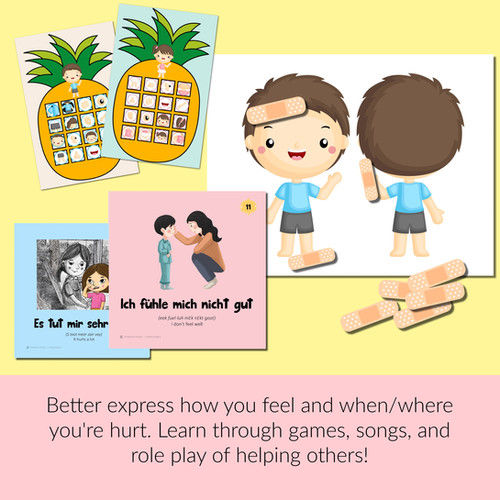
But What If You Like Doing It Yourself?
Great! Homeschool Languages doesn't replace your creativity. It supports it.
You can still cook your own recipes. Still play your own games.
But now? You'll have the right phrases, the right structure, and the right confidence to actually make it stick.
No second-guessing.
No regret.
No overwhelm.
Meaningful moments with your kids, in Spanish.
Ready to see what this looks like in your own home? Let's wrap it up with why this approach works so well, even if your child has zero interest in flashcards or "formal" language learning.
Why Work With Homeschool Languages?
You don't need to be fluent. You don't need more time. And you definitely don't need another screen-based curriculum collecting dust on your shelf.
What you do need is something that fits into your actual life and builds real Spanish skills your child will actually use.
That's where Homeschool Languages comes in.
No Fluency Needed
You don't have to speak Spanish. Really. We designed this so you can learn with your child and feel confident doing it.
Built for Real Homes
This doesn't try to recreate immersion school in a box. It's made for mealtime, playtime, clean-up time and all the beautifully chaotic moments in between.
Focus on Replies, Not Recitation
We don't teach your child to memorize Spanish. We teach them to use it. Even simple phrases like "¿Tienes hambre?" or "Pásame el pan" become part of everyday life.
Emotionally Affirming
Maybe you didn't start early. Maybe you're not fluent. That's okay. This isn't about perfection, it's about connection.
You're doing something powerful by showing up and learning together.
It's not about what your child eats. It's what they say while eating it.
If you're ready to make language learning feel natural, doable, and deeply meaningful, we're here for you.
👉 Try our free sample lessons or browse the Spanish curriculum now. You'll be amazed at how quickly language comes alive in your home.
Ready to Make Spanish Part of Dinner?
If you're already serving Spanish food or thinking about it, why not use it as a springboard for something deeper?
Turn every "¡mmm!" into "¡más, por favor!" Turn picky eating into playful conversation. Turn dinner into your family's first bilingual tradition.
With Homeschool Languages, we'll show you how to make Spanish feel normal. Not like school, not like pressure, and definitely not like something you need to "get perfect" first.
👉 Explore our curriculum or download a free sample here. No subscriptions. No overwhelm. One box, one language, and one more reason to look forward to dinner.
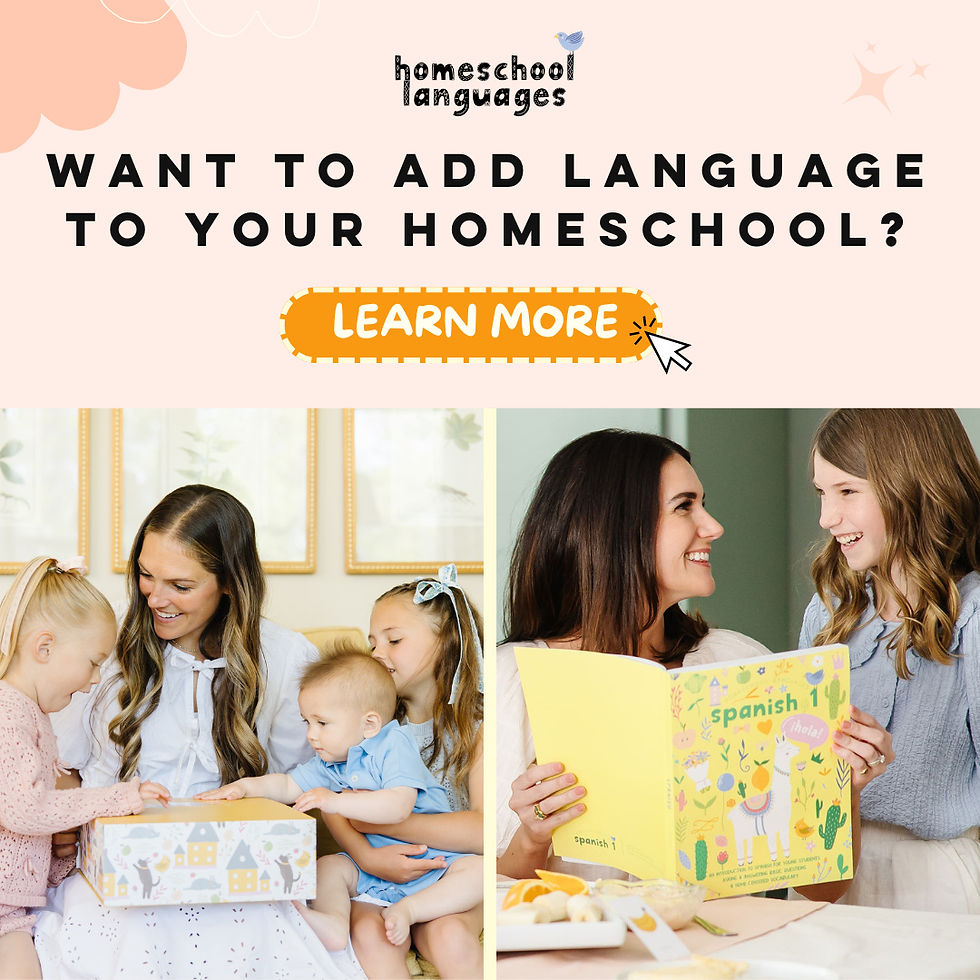
Frequently Asked Questions
How Do I Make Spanish Food Toddler-Safe?
Start with soft, mild, and familiar.
Toddlers usually don't love surprises, especially spicy or crunchy ones. So skip the frying, and instead try:
Oven-baked tortilla de patatas
Soft arroz blanco (plain white rice)
Blended sopa de picadillo with noodles
Keep textures soft and ingredients recognizable. Research on Spanish children's food preferences shows that repetition builds comfort. The third time they see it, they're way more likely to try it.
Can I Introduce Spanish Vocabulary Without Turning Dinner Into School?
Yes, and please do.
Kids don't want to be quizzed at the table. But they love helping, copying, and being part of the action.
Instead of drilling flashcards, say things like:
"¿Tienes hambre?" (Are you hungry?)
"Dame el pan, por favor." (Give me the bread, please.)
"¿Te gusta?" (Do you like it?)
Pair language with movement. Pass the bread, stir the pot, taste the rice. That's how language sticks: naturally, joyfully, and without worksheets.
Stanford research shows that two-language approaches significantly outperform English-only methods.
What Spanish Dishes Can I Prep Ahead or Freeze?
You're a parent. I get it. Some nights, you need something ready-to-go.
Here are a few freezer heroes that double as language-learning moments:
Empanadas: Make a big batch, freeze half.
Croquetas: Flash freeze and reheat in the oven.
Tortilla de patatas: Reheats beautifully, even cold.
Albondigas (Spanish meatballs): Make ahead and simmer in tomato sauce.
Even better? Have your child help prep them. Use verbs like mezclar (mix), formar (shape), and guardar (store) while you cook together.
Get our themed vocabulary units for more cooking words that stick.
What About Food Allergies or Gluten-Free Options?
Spanish food is way more adaptable than people think.
If your child has allergies or sensitivities, here are a few swaps that work:
Gluten-free breadcrumbs in croquetas
Oat milk or coconut milk in arroz con leche
Chickpea flour crust for empanadas
No-nut tapas like tortilla, olives, or roasted veggies
The beauty of Spanish cuisine is that it's based on simple, whole ingredients. You can tweak almost anything without losing the spirit of the dish.
Official Spanish nutrition guidelines emphasize fresh, seasonal ingredients that naturally accommodate many dietary needs.
Is There a Spanish Version of a Lunchable?
Yes! Think tapas box!
Grab a bento-style container and fill it with:
Olives
Cubed cheese
Jamón serrano or turkey slices
Pan (bread chunks)
Add fruit on the side and voilà: a "Spanish lunchable" that's portable and cultural.
Bonus? It's the perfect setup to practice this phrase: 🗣️ "¿Qué quieres primero?" (What do you want first?)
How Early Can Kids Start Learning Spanish Through Food?
Studies on bilingual children show that even infants benefit from early language exposure. The Mediterranean diet is UNESCO-recognized cultural heritage, making it perfect for cultural learning at any age.
You don't have to master Spanish or make gourmet meals to build culture at your table. You need a few strategic swaps, a pinch of playfulness, and a willingness to say, "Let's try it together."
Ready to turn your kitchen into a Spanish-speaking home? Start with our Level 2 curriculum for families already speaking Spanish at home, or begin with language learning tips that make every meal count.


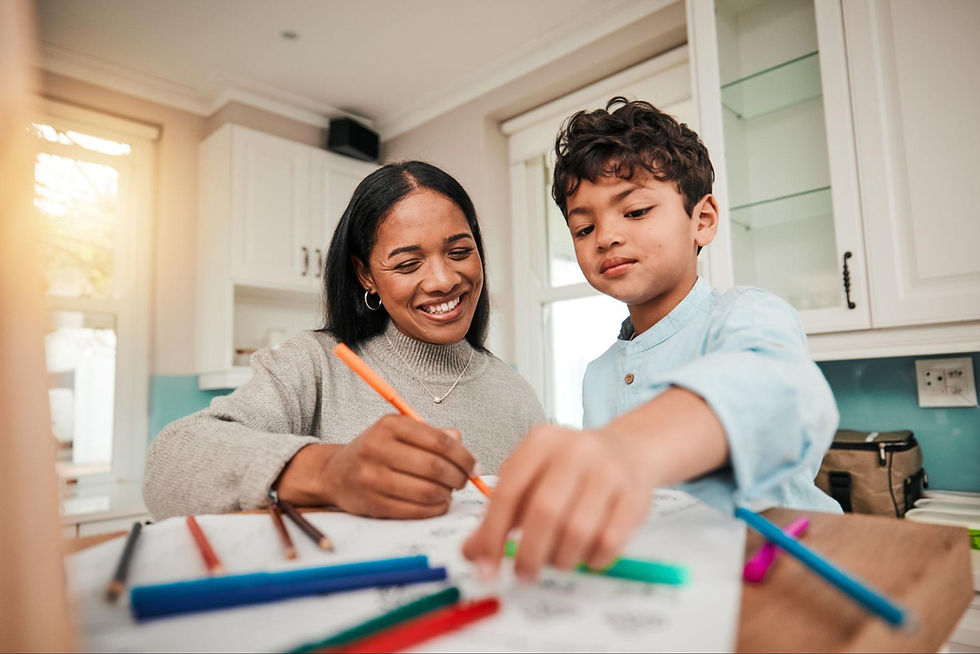

Comments